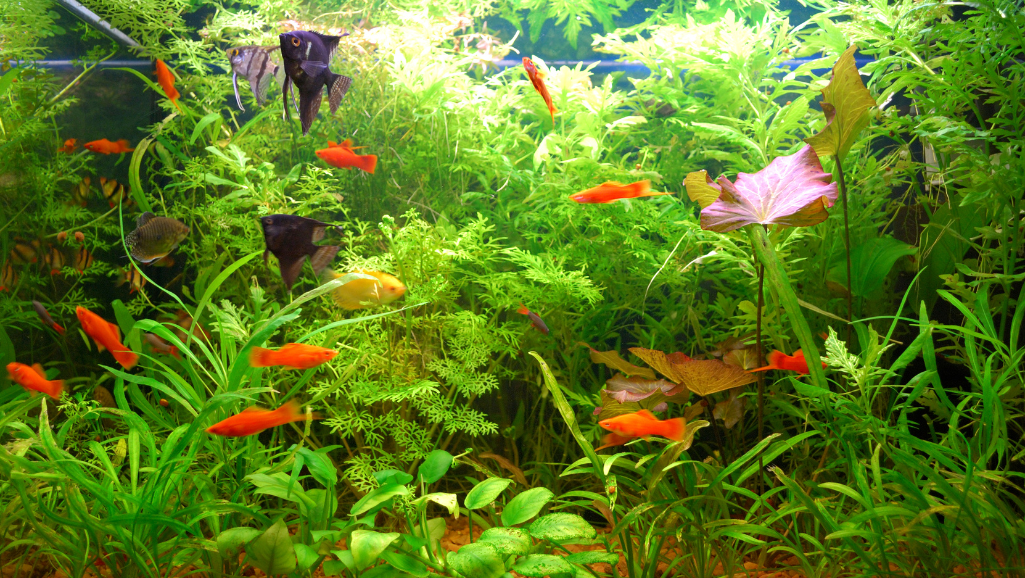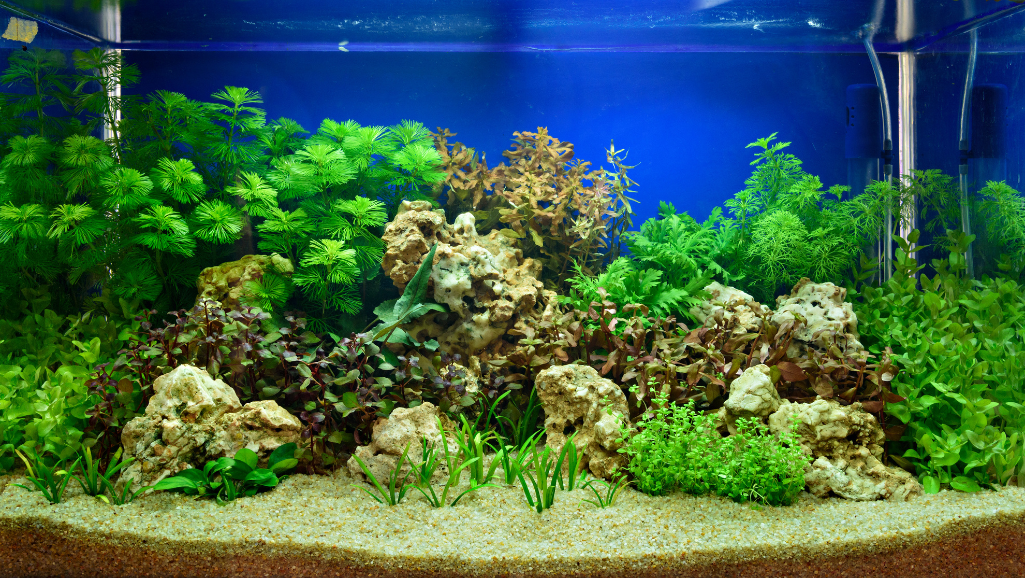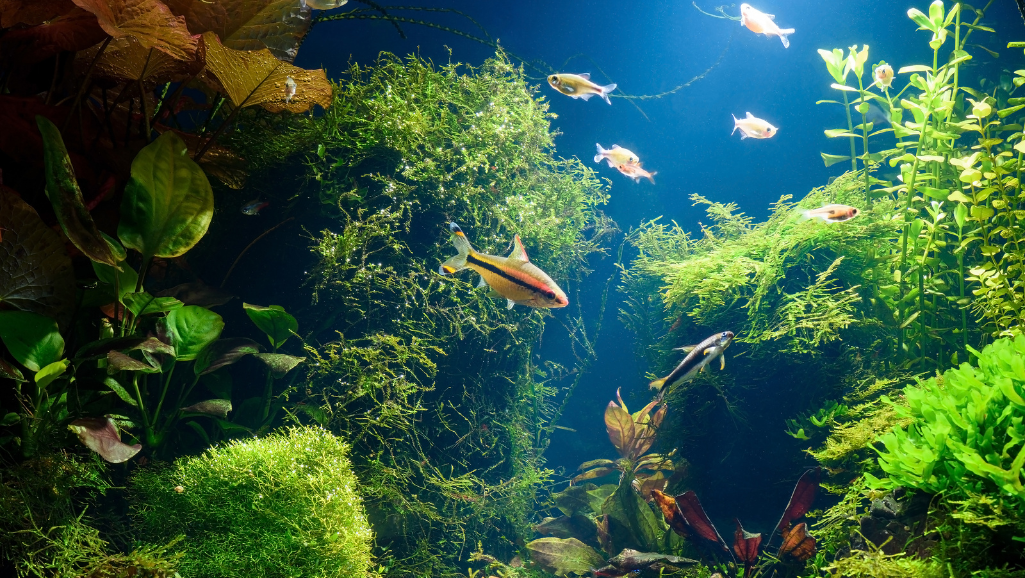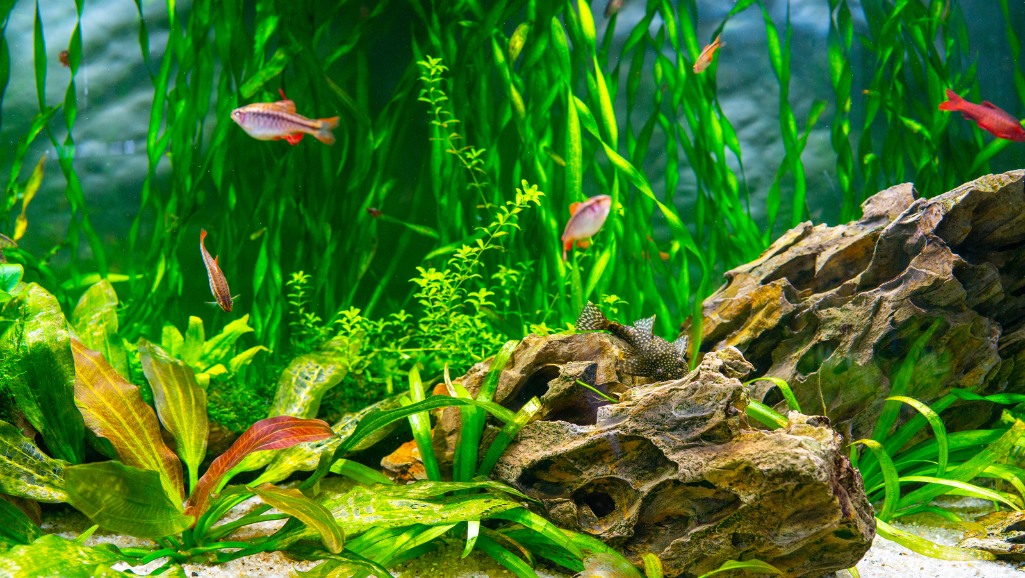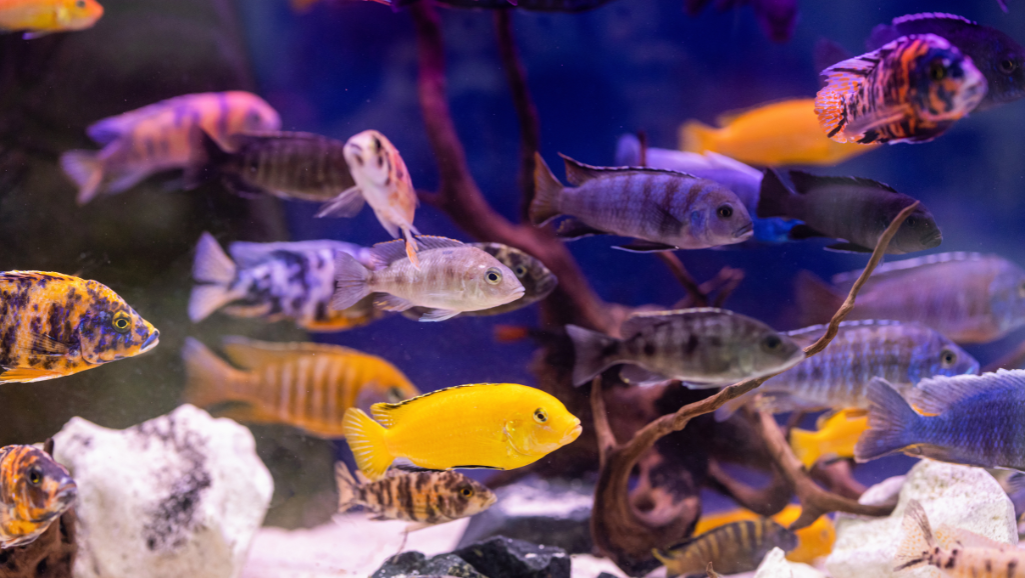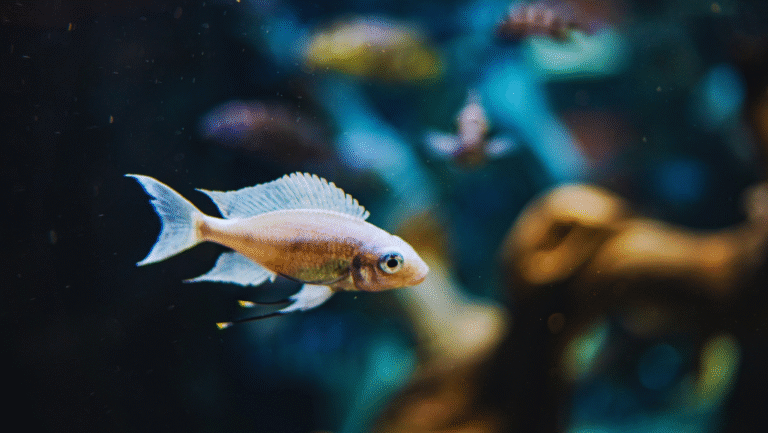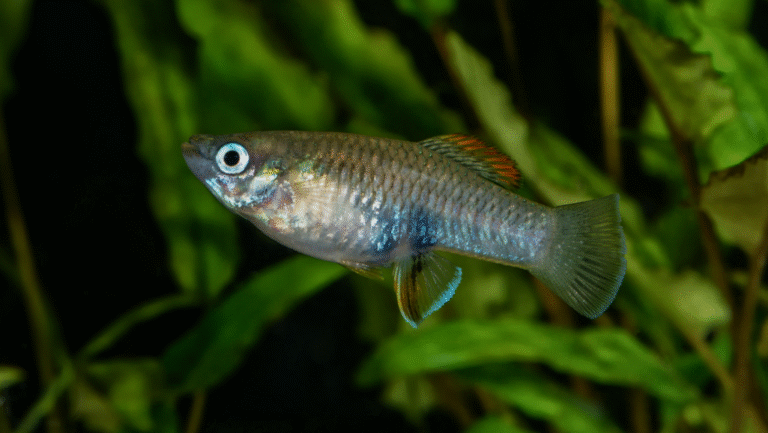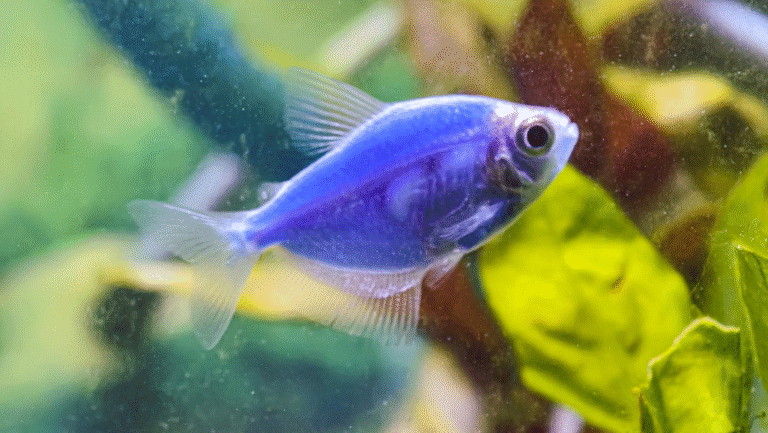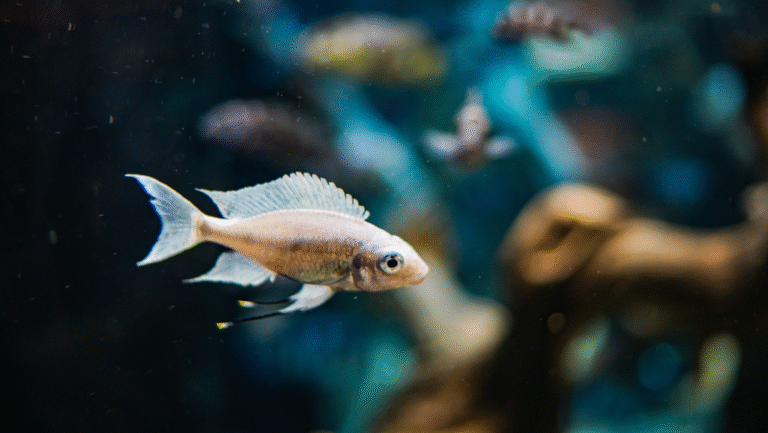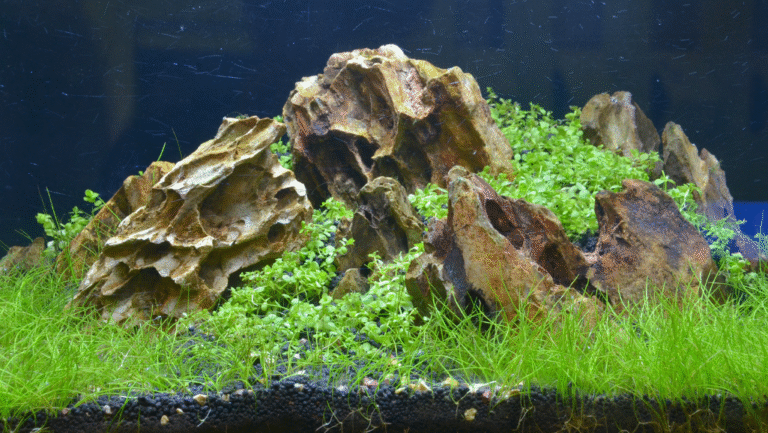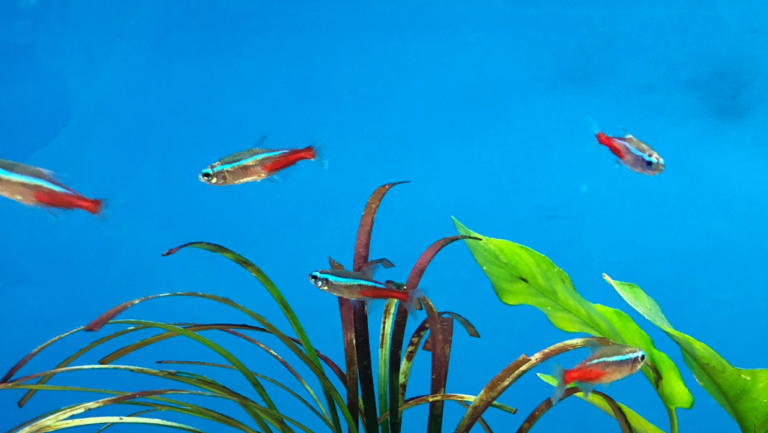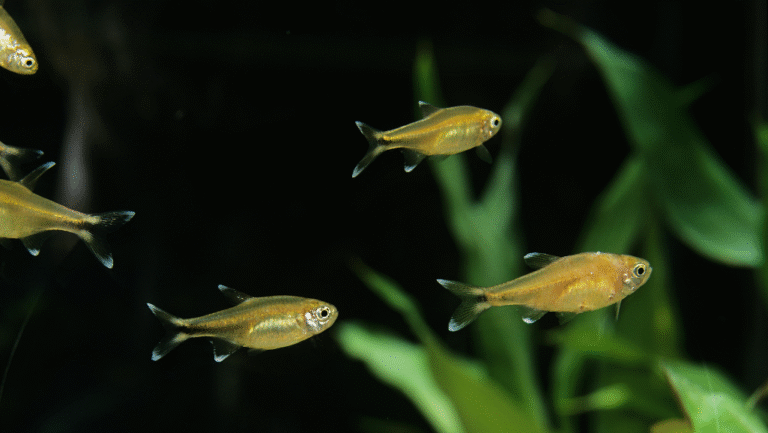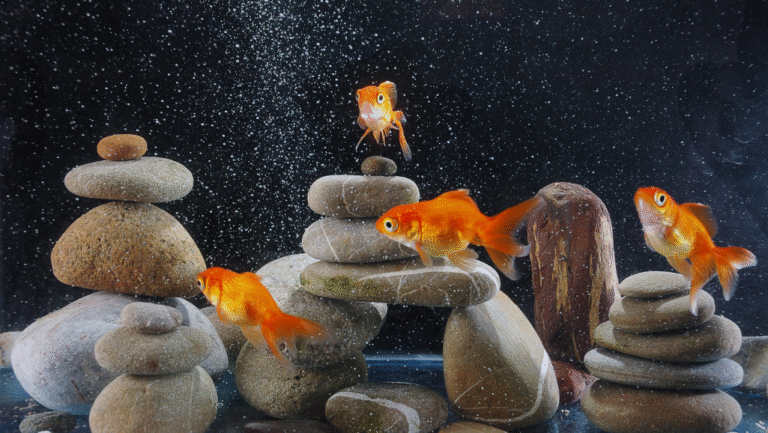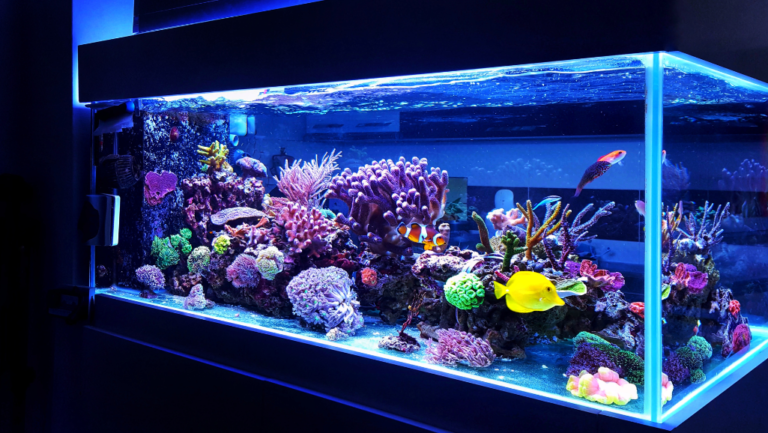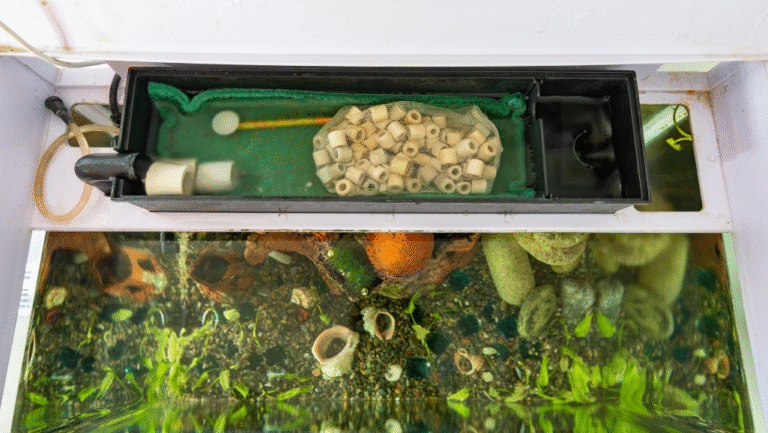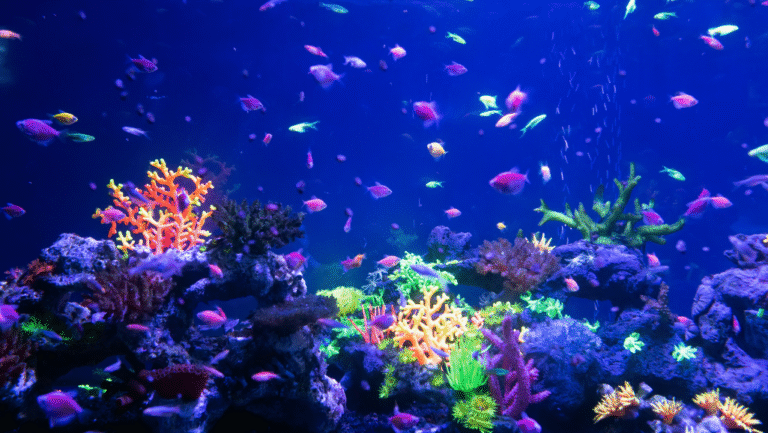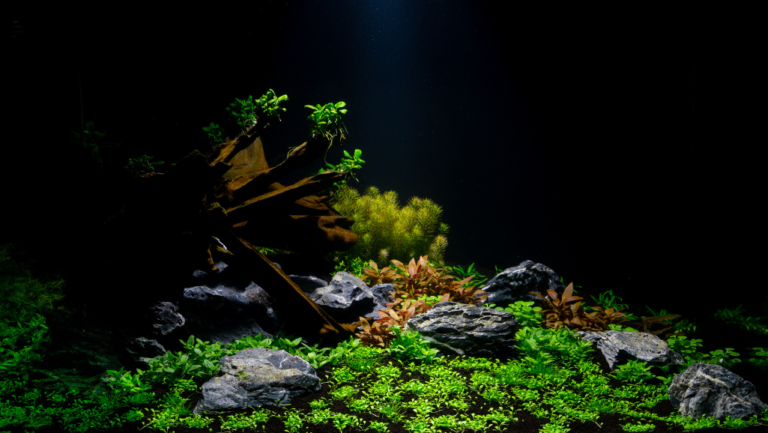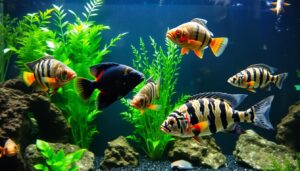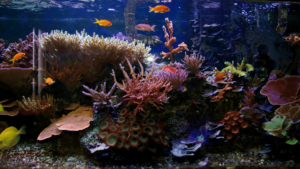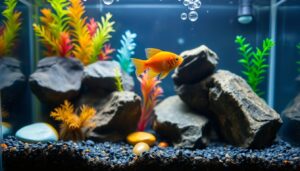Welcome to a curated journey through the best choices that make a Planted Aquarium Fish glow. This guide shows options that add color and movement while fitting the living architecture created by healthy plants.
Plants polish water quality by absorbing nitrate and cutting algae, which lowers maintenance and helps fish show natural behavior. Densely planted setups can support higher stocking when filtration keeps pace, but add new animals sensibly and test ammonia and nitrates a day after stocking.
Keep surface flow steady for healthy leaves and remember properly regulated CO2 won’t harm occupants. Avoid copper in some fertilizers if you keep shrimp or snails; choose copper-free alternatives to protect them.
This listicle offers practical, research-backed options for every tank size — centerpiece, schooling, and cleanup picks — so you can mix and match confident choices that shine against green backgrounds. Envision your dream tank, then layer in species that complete the design and bring that vision to life.
Key Takeaways
- Plants improve water and reduce algae, helping fish thrive.
- Add new stock slowly; test ammonia and nitrates after 24 hours.
- Manage flow and CO2 for plant health without stressing inhabitants.
- Pick species by role: centerpiece, schooling, or cleanup.
- Avoid copper fertilizers if you keep shrimp or snails.
Why Planted Aquariums Make Fish Thrive
Live plants act as active water cleaners: they take up nitrate, the end-product of the nitrogen cycle, and help stabilize chemistry while limiting nuisance algae. This biological reason is why many setups stay clearer between water changes.
Dense green growth works like a natural filter. A well planted tank can reduce maintenance and safely support more stock when filtration and surface flow are balanced the right way.
Leaves and stems create shelter and play spaces that reduce stress and encourage natural behavior. People often worry plants and animals will compete, but in a well placed layout they synergize—plants clean water and animals animate the scene.
- Check water 24 hours after adding new animals: test ammonia and nitrates and do a change if ammonia appears.
- Keep gentle surface movement for gas exchange without stripping CO2; steady flow also spreads nutrients.
- Healthy plants outcompete algae, so patience with growth pays off in livelier, more colorful inhabitants.
Stocking Principles for a Well Planted Tank
Good stocking starts by picturing how large each species will be at full growth. Plan around adult size, not juvenile appearance. This keeps communities calm and prevents surprise crowding.
Tank size, gallons, and adult size
Use a simple rule of thumb: roughly one inch of adult fish per ten gallons of water for small types. Match mature dimensions to your tank and avoid moving big species into tiny systems.
Staged additions give the biofilter time to adapt. Test for ammonia a day after adding new stock and again after a week.
Flow, surface movement, and filtration balance
Design circulation so it handles the bioload without blasting plants. Aim for gentle, even flow that moves nutrients and oxygen across leaves and open lanes.
- Fit intakes with guards for small inhabitants.
- Keep surface movement steady for gas exchange but avoid over-agitation that strips CO2.
- Plan maintenance: heavier stocking needs more frequent filter service and careful feeding.
Outcome: thoughtful gallons-to-size matching, staged stocking, and balanced flow deliver colorful, relaxed inhabitants and lasting plant growth.
Best Fish for Small Planted Tanks
Small tanks reward thoughtful choices that pack color and behavior into tight spaces. Pick one bold centerpiece, a school for movement, and a low-impact cleaner to keep the scene balanced.
Centerpiece
Galaxy Koi Betta and other centerpiece options
The Galaxy Koi Betta thrives in 5 gallons or larger and brings striking colors and active display. In a compact tank this single centerpiece fills visual space without crowding.
Schooling stunners
Ember tetras reach about 0.8 inches and glow against green backgrounds. Add chili rasboras or small danios in groups to unlock natural schooling behavior and kinetic shimmer.
Tiny bottom buddies
Pygmy corydoras sift gently through substrate and tidy micro-detritus without uprooting plants. Kuhli loaches and rare bumblebee Otocinclus can complement a low bioload cleanup team.
Nano oddballs & cleanup
Rocket clown killifish are surface dwellers and skilled jumpers—use a tight lid. Pea puffers need special feeding and careful mates selection. Add Amano shrimp and Nerite snails for algae control and color.
- Feeding tip: keep portions light and frequent to limit waste.
- Plant pick: fine-leaved stems and mosses enhance depth for small residents.
Standout Picks for Medium Planted Tanks
In tanks around 20–40 gallons you can layer movement and color while keeping care manageable. This size lets shoals show their best behavior and supports a few showy singles without crowding.
Celestial Pearl Danios shine in groups. Keep up to about 15 per 20 gallons where large shoals form a shimmering cloud. For a 40-gallon display, modest groups of 20–30 create mesmerizing movement without crowding.
Mid-water color
Pair Cherry barbs and Emperor tetras for a lively mid-water cast. Cherry barbs can reach about 15 per 20 gallons once a pecking order settles. Emperor tetras grow to roughly 1.8 inches and add active energy and bold colors.
Dwarf cichlid zones
Introduce Rams and Apistogrammas into sandier, structured areas. Limit German Gold Rams to one per 20 gallons to reduce territorial disputes. Clear territories and caves keep cichlids calm and display their neon spangles against greenery.
Show plecos that fit
Feature compact plecos like the Queen Arabesque (L260) or the Green Phantom. These rasp on driftwood and generally respect plantings when well-fed. The Green Phantom reaches about 5 inches and prefers wood and hiding spots.
- Flow: sweep mid-water for schooling while leaving quiet corners for shy cichlids.
- Plants: mix leaf textures and heights to break lines of sight and create open lanes.
- Care: stable water and steady maintenance help mid-size communities settle into low-stress routines.
Statement Fish for Large Planted Tanks
Large planted tanks invite bold, sculptural species that move like living artwork. These setups let you layer tall stems, sweeping wood, and broad leaves to suit big-bodied choices. Pick species that match the scale and the calm rhythm of the layout.
Discus for established, mature aquariums: Discus are advanced and costly. They shine in mature scapes with stable water and years of steady care. Consider them the crown jewel for experienced keepers who can maintain soft chemistry, warm temps, and regular maintenance.
Electric Blue Acara and peaceful cichlid options: The electric blue acara grows to about 7 inches and can live up to 10 years. It brings vivid color with a calm demeanor, making it a superb statement fish when you leave open swim lanes and balanced flow.
Careful picks: Jewel and Kenyi cichlids with rooted plants: Jewel and Kenyi types are territorial. Introduce them only after roots and rhizomes have held firm for months. Use hardy rhizome plants on wood and rock to deter diggers and protect the layout.
- Stock conservatively — a single show pair or species focus reduces fights.
- Provide robust filtration with measured flow to handle bioload without uprooting leaves.
- Let plants establish deeply and keep water consistent over years so both flora and fish thrive.
Algae Eaters Great for Planted Tanks
Choosing the right grazers brings balance, clearing film and thread algae while protecting plants. A mix of tiny specialists and steady workhorses covers niches so your layout stays clean and vibrant.
Small grazers: Otocinclus and Amano shrimp
Otocinclus thrive in established tanks with steady biofilm. They are gentle and ideal for delicate growth but can be sensitive to water swings.
Amano shrimp are tireless cleaners that scrub leaves and hardscape. They pair well with otos to curb blooms and pick at light detritus.
Workhorse plecos: Bristlenose and Green Dragon
Bristlenose plecos fit most setups 10 gallons or larger and clean glass and broad leaves without wrecking scapes.
Green Dragon variants add character as they rasp wood and patrol for algae, reaching about six inches in adult size.
Siamese algae eater and nerite snails
Siamese algae eaters chase filamentous growth and need open swimming lanes to stay calm.
Nerite snails are perfect for spot-cleaning diatoms and film on glass and leaves while adding almost no bioload.
“A balanced clean-up crew reduces maintenance and lets plants and fish show their best.”
- Mix roles: otos for delicate zones, Amanos for leaves, nerites for glass.
- Keep water stable and surface movement modest to support oxygen without stripping CO2.
- Remember: cleanup crews help, but proper light, feeding, and routine care remain essential.
For more on matching grazers to your needs, see this guide to algae eaters.
Planted Aquarium Fish to Avoid (and Why)
Some popular showy species quietly undo hours of planting work by grazing or digging. Know which types to skip so your green layout survives and thrives.
Classic leaf-shredders include Oscars, goldfish, and silver dollars. These species routinely eat or tear leaves and will quickly strip soft stems and broad foliage.
Giant plecos start small but grow large, uproot plants, and create heavy waste that stresses filtration. Their adult size and appetite often clash with careful scapes.
- Chinese vs. Siamese algae eaters: Chinese types are commonly misidentified and can become aggressive; true Siamese algae eaters stay useful and peaceful.
- Puffers: most larger puffers nip fins and plants; they suit species-only setups rather than mixed planted communities.
- Safe try: if you insist on nibblers, stick to tough species like Anubias or Vallisneria and accept some cosmetic damage.
“Mismatched size and appetite are the biggest reasons plants fail — pick species that match the scale and care level of your tank.”
Practical way forward: check adult size and temperament before you buy. Tanks with big grazers need boosted filtration and more frequent maintenance. Consult care profiles and community forums to avoid rehoming or rescape crises later.
Keeping Cichlids in Planted Aquariums the Right Way
A resilient base lets bold cichlids show color without turning your layout into chaos. Good groundwork protects roots and helps territorial species behave. Use a layered approach so both greens and stock thrive.
African cichlids, substrate depth, and rooting time
For many african cichlids, deepen the substrate so stems can anchor. Start with a pea gravel underlayer, then add finer aquasoil or sand above.
Plant at least a week before adding any stock so roots begin to take hold. Better yet, give plants plenty time—months—before introducing more aggressive residents.
Rhizome plants on rock and wood for diggers
Tie Anubias, Java fern, and Bucephalandra to hardscape rather than burying them. Rhizomes resist uprooting and keep foliage safe from burrowing activity.
- Stabilize substrate: pea gravel base reduces displacement and helps rooted stems stay put.
- Design channels: arrange rock and wood so digging happens away from delicate groups.
- Stock gradually: add calmer cichlids first and monitor behavior before adding bold individuals.
- Feed smart: scheduled meals cut random digging and bored foraging.
“A tough foundation and patience reward you with vivid cichlids weaving through hardy greens and wood.”
Planted Aquarium Fish: Choosing Peaceful Tank Mates
Choose roles for each inhabitant so every resident has room to feed, hide, and show its colors. Clear roles ease stress and create calm motion through leaves and lanes.
Schooling layers: surface, mid-water, and bottom
Surface sentinels like Rocket clown killifish need a secure lid and open top lanes to patrol without disturbance.
Mid-water shoals — think Emperor or Ember tetras — bring synchronized motion and bright accents through stems.
Gentle bottom keepers such as Pygmy corydoras sift softly and complete the vertical tapestry without uprooting roots.
Colors and contrast without crowding
Curate one or two bold hues and let green plants be the canvas. A small group of Cherry barbs adds pace, but allow time for their pecking order to settle.
- Assign a surface sentinel, a cohesive mid-water school, and soft bottom companions.
- Keep schools large enough for natural behavior and leave open swim lanes.
- Watch feeding times to ensure every mate gets food without chasing.
Outcome: thoughtful pairing yields the best fish combinations for a tranquil, well-balanced tank that invites long, effortless watching.
Setup Basics That Help Fish and Plants
Start light levels low and increase them slowly to give new greenery a head start without inviting an algae surge. Gentle initial hours let roots and stems anchor while your biofilm stabilizes.
Light intensity and duration to limit algae
Begin modestly: short photoperiods and reduced intensity avoid early blooms of nuisance algae. Extend daily hours over several weeks as you see new growth.
CO2, surface agitation, and gas balance
Target roughly 10 ppm CO2 in the morning for strong leafing. Limit excessive surface agitation so carbon stays available, but keep enough movement for oxygen and healthy water circulation.
Substrate and root tabs for strong plant anchoring
Use a nutrient-rich substrate and add root tabs under heavy root feeders. Many stems die back at first; give them time to re-leaf underwater before boosting macros.
Tap water first: when to tweak GH, KH, and pH
Start with regular tap water unless GH is under 2 or pH exceeds 8.0. If needed, raise GH to 3–6 with equal parts calcium sulfate and magnesium sulfate. Adjust one variable at a time and test how the tank responds.
- Ramp fertilizer only after visible new growth.
- Choose easy plant types first to shorten learning time.
- Consistent maintenance and measured feeding protect both fish and plants.
“A tuned planted tank becomes a steady stage where plants pearl and inhabitants glow.”
Care Routines to Keep Fish, Plants, and Water in Harmony
Simple daily checks keep water chemistry stable. A short habit of testing and observation prevents small issues from growing. Take the time to make checks part of your routine.
After adding new stock, test ammonia and nitrates the next day. If ammonia appears, do a partial water change immediately and repeat until readings stay safe. This protects inhabitants while the filter adapts.
Trimming, algae control, and slow fertilizer ramp-up
Trim regularly so light reaches lower leaves and new shoots. Removing old growth keeps plants vigorous and the scene clear.
Delay full-dose fertilization until you see steady new growth. Increase dosing slowly to match uptake. Too much too soon invites algae and extra maintenance.
- Test after stocking: check ammonia and nitrates the following day.
- Act fast: water changes when ammonia shows up.
- Trim and dose: cut growth as needed and ramp fertilizer gradually.
“Many tanks lose some plants in the first two months—patience and steady care win.”
Small, steady actions produce great planted tanks outcomes. Track changes, celebrate progress, and enjoy the journey—thanks.
Conclusion
Let your layout come together around one standout specimen, then layer schools and grazers that respect size and roots. Choose a Discus only for mature, stable setups; consider an Electric Blue Acara as a calmer statement alternative.
Match size and gallons and pair tetras, danios, corydoras, barbs, and rams to fill roles without crowding. Add shrimp and small algae eaters for fine-detail cleaning.
Plan substrate and hardscape for cichlids; use root tabs, start with tap water, and ramp light and CO2 slowly. Test ammonia and nitrates after new stock to protect water and growth.
Your reward: a living canvas where plants, water, and carefully chosen companions create calm motion and color for years. Sketch the layout, pick your planted tank fish, and begin.
